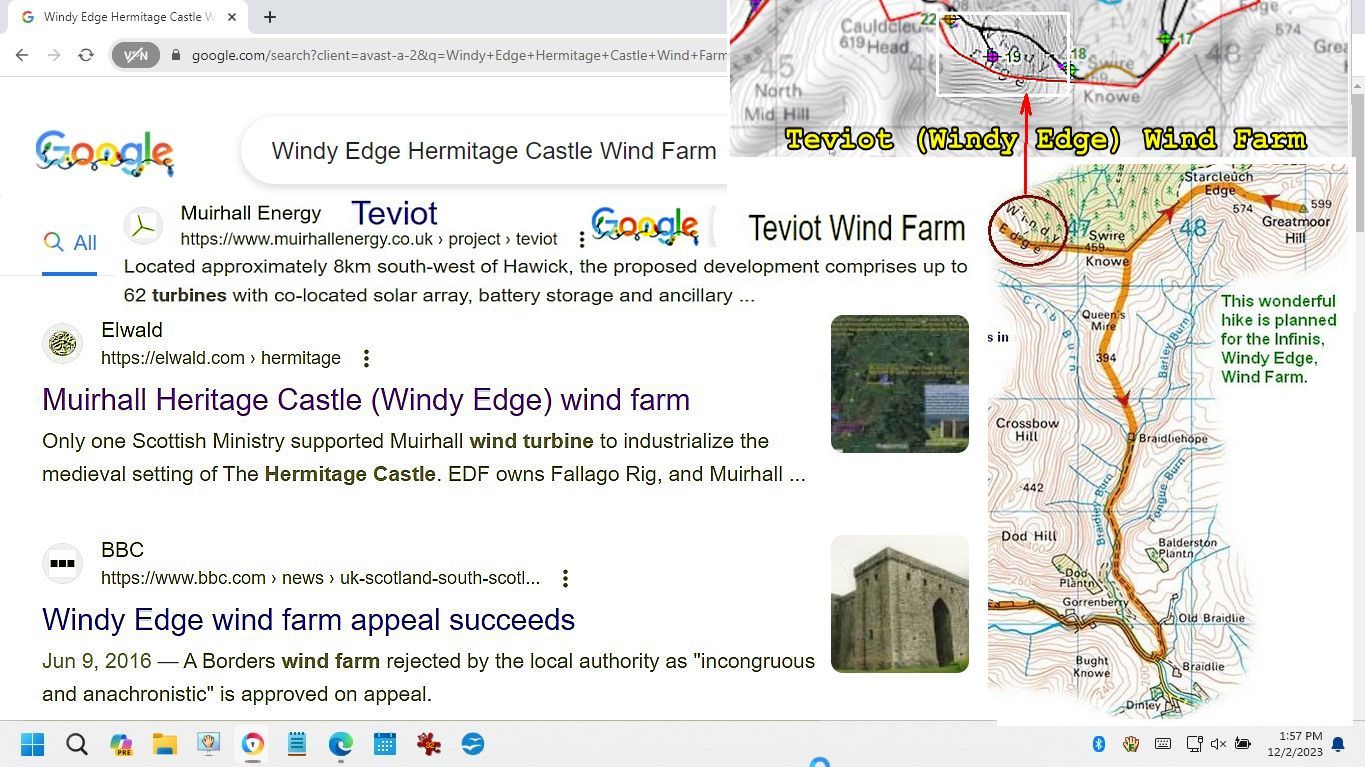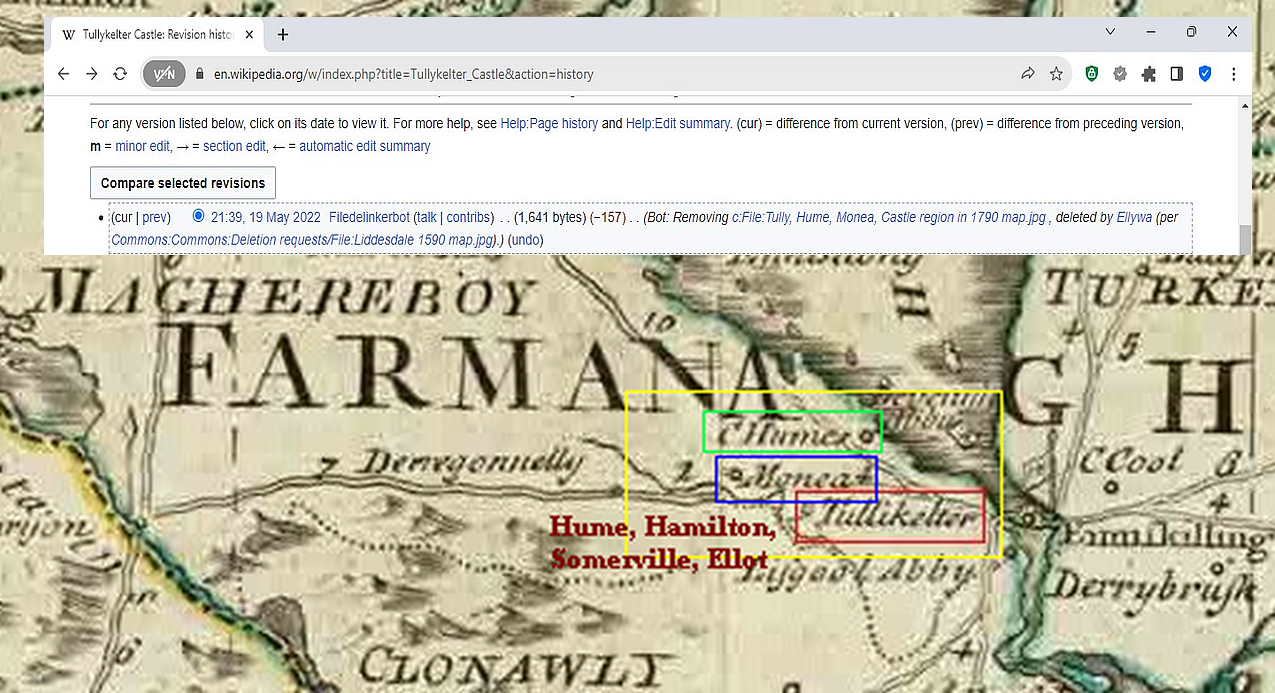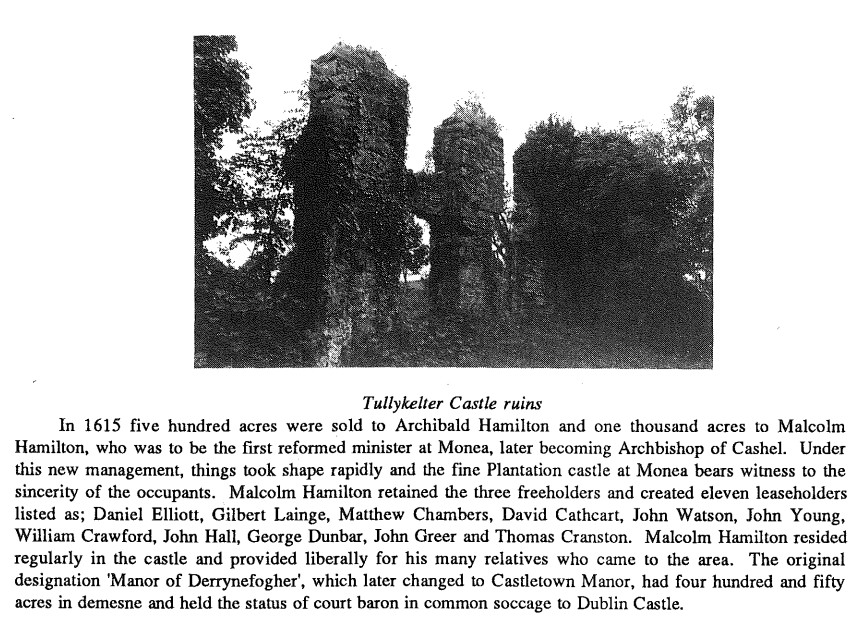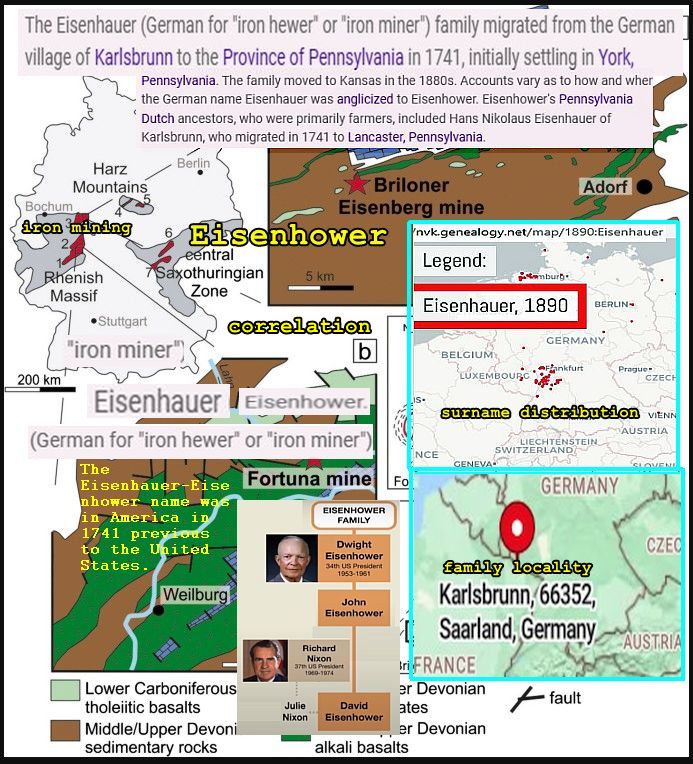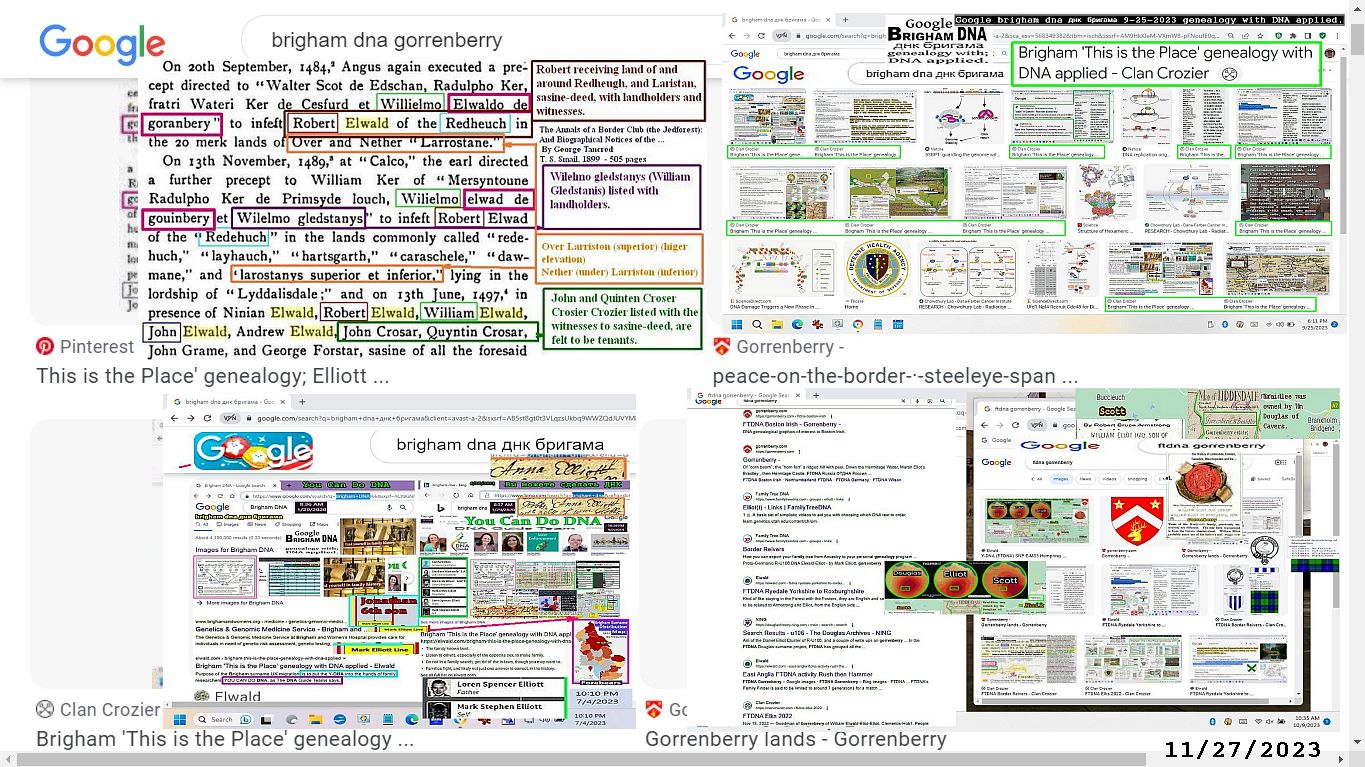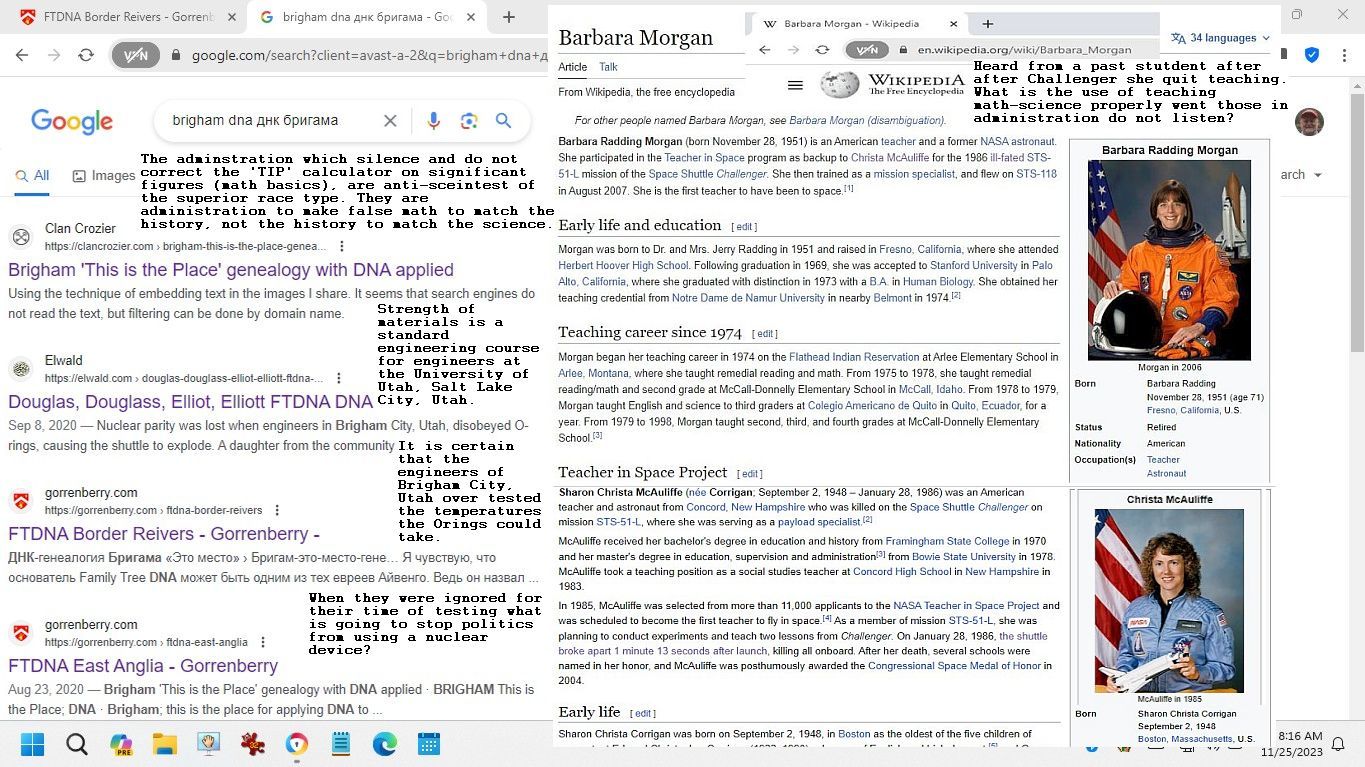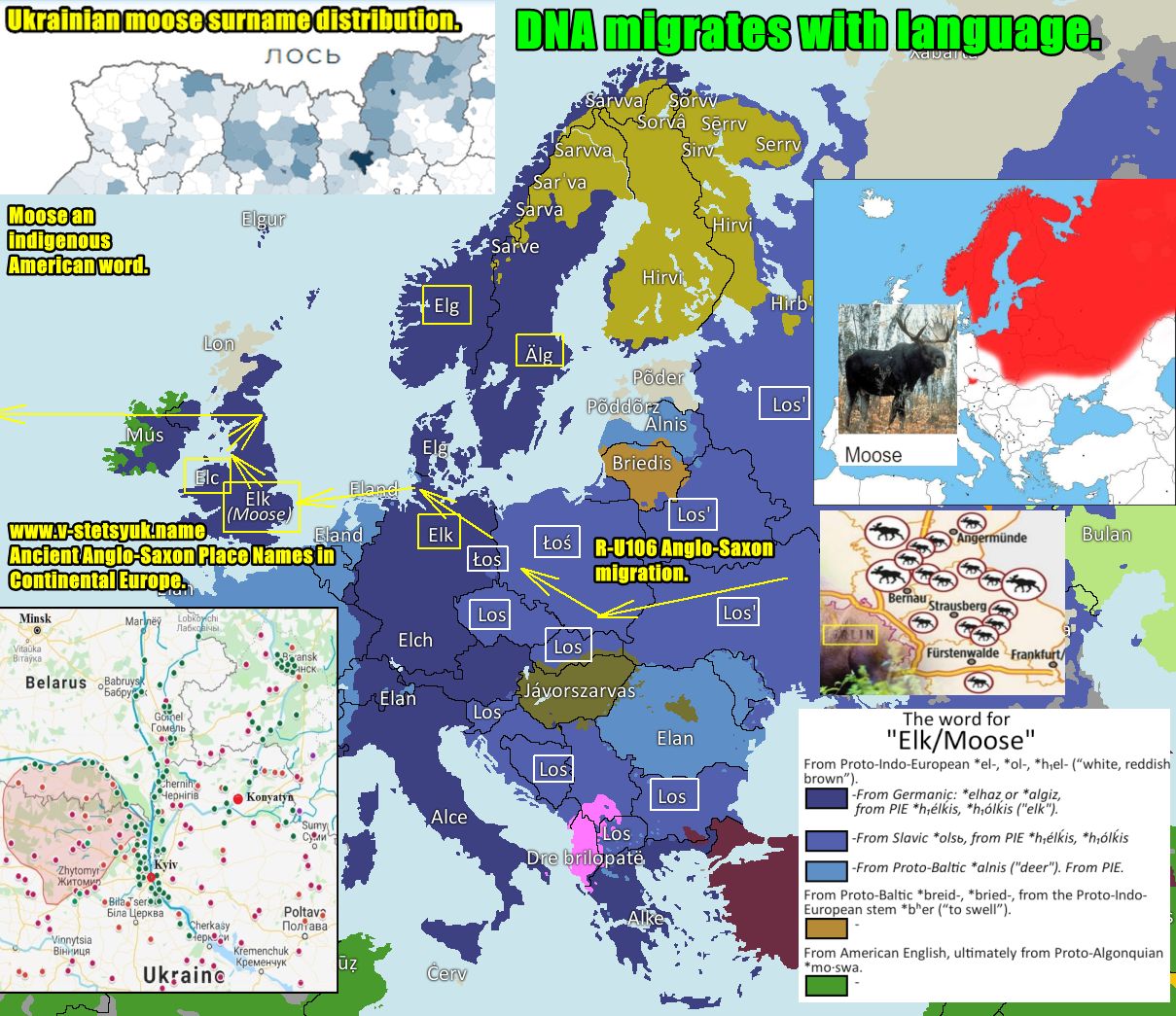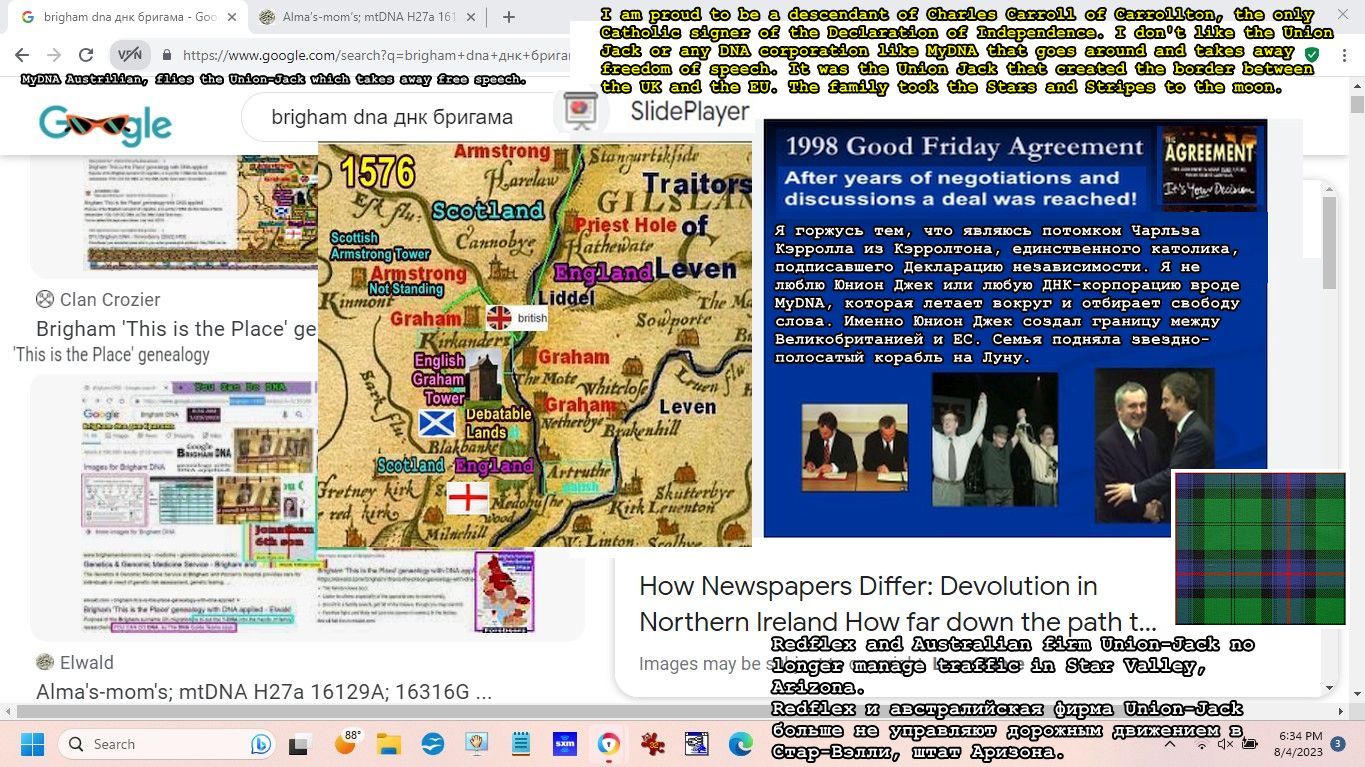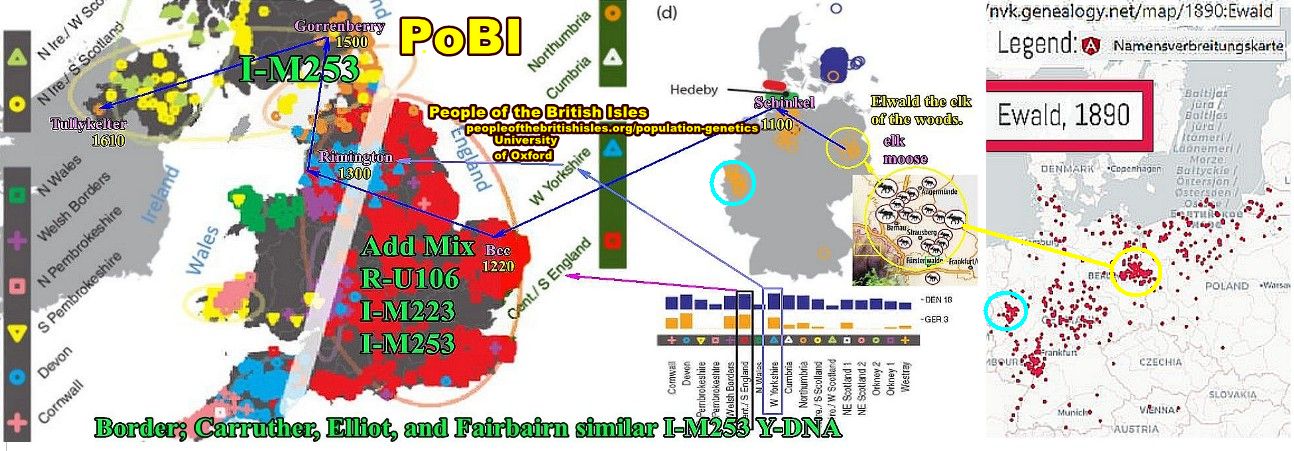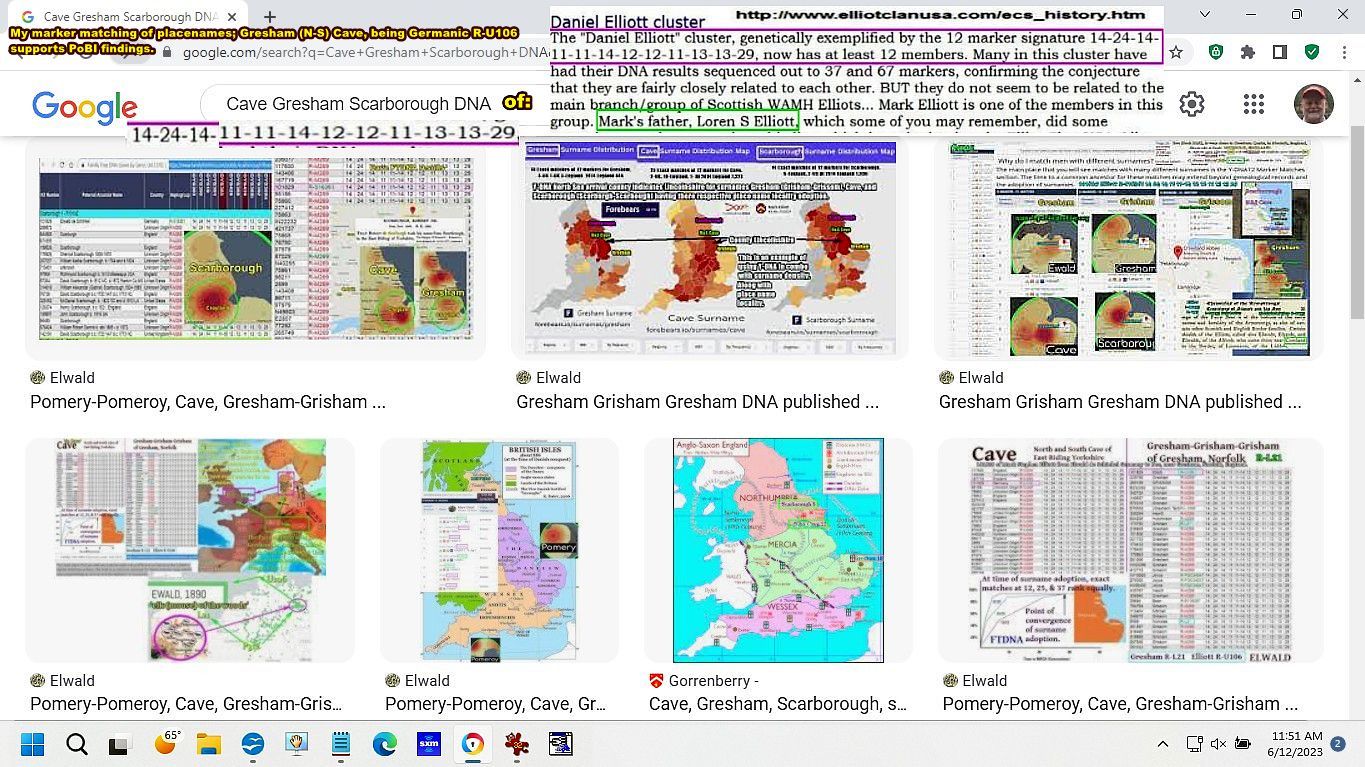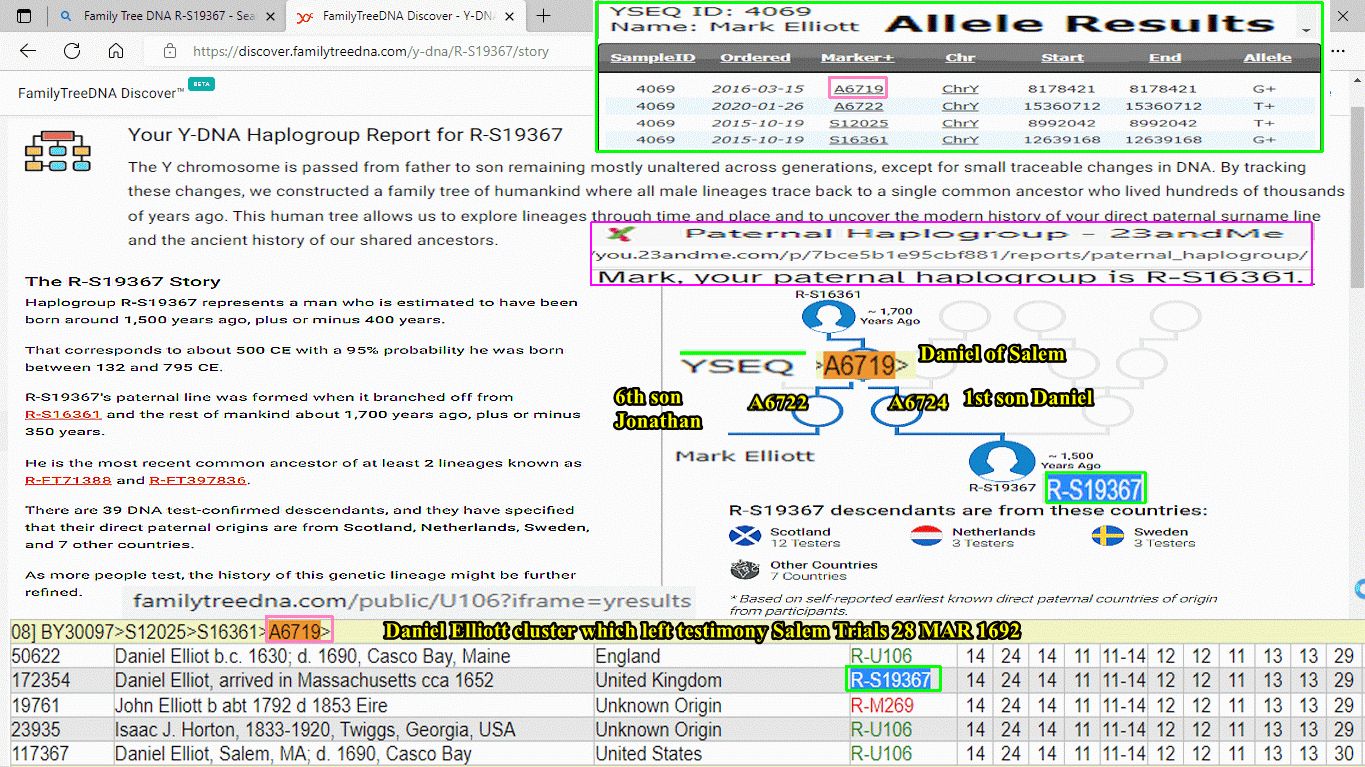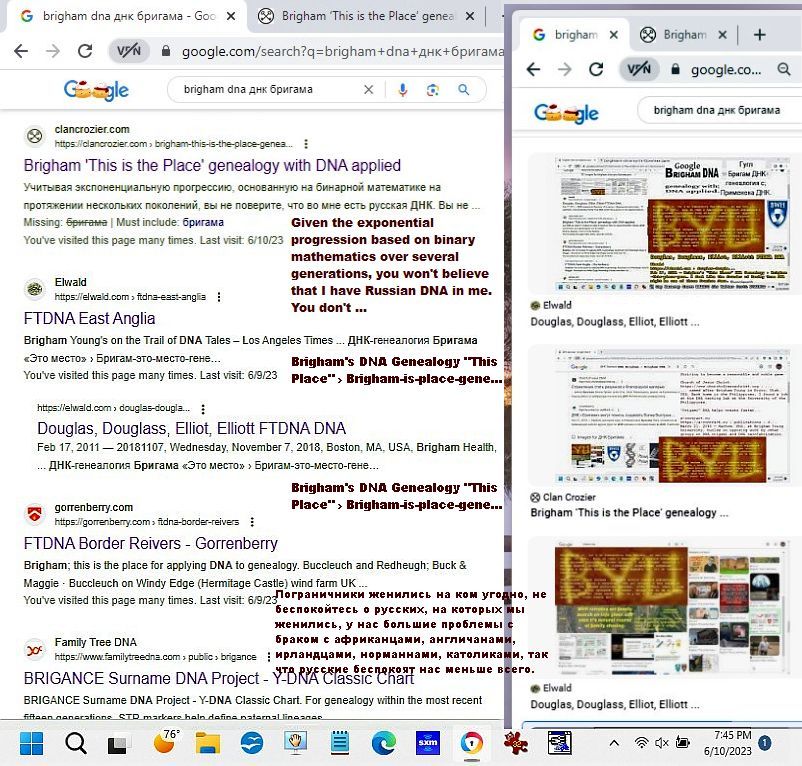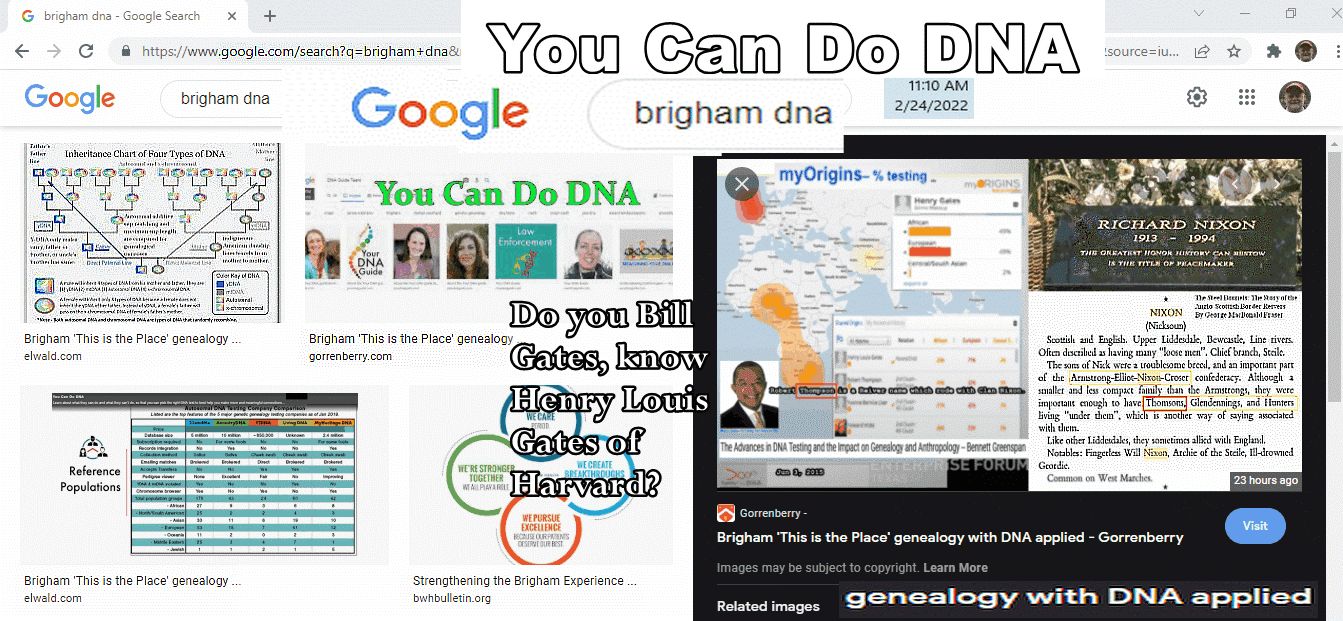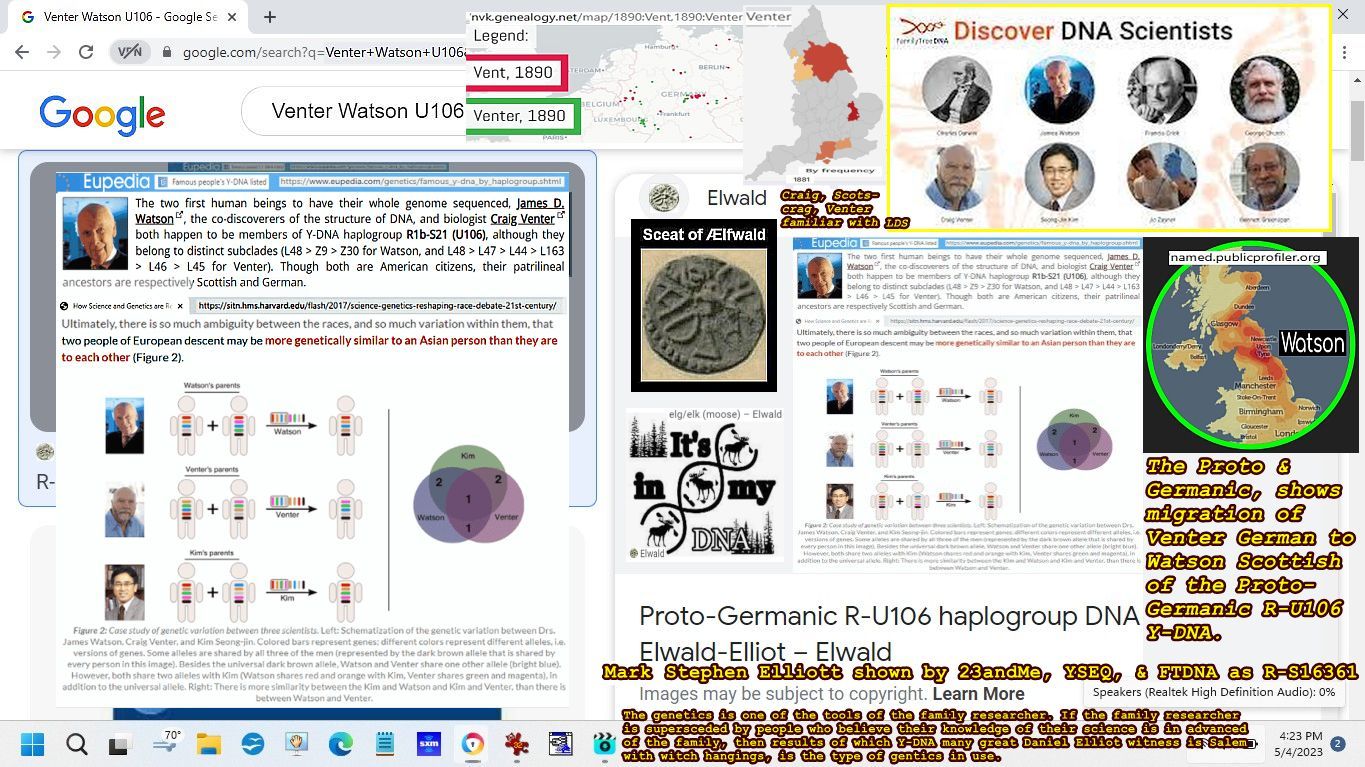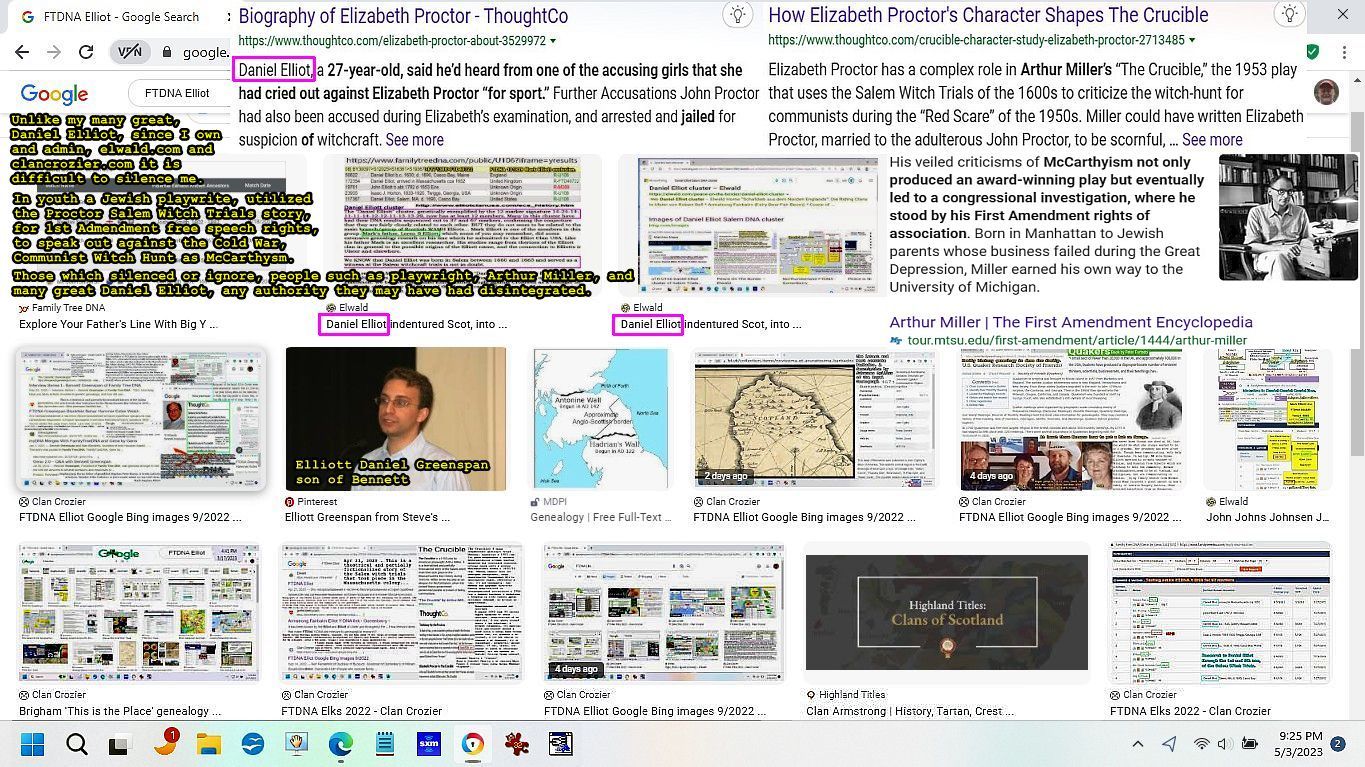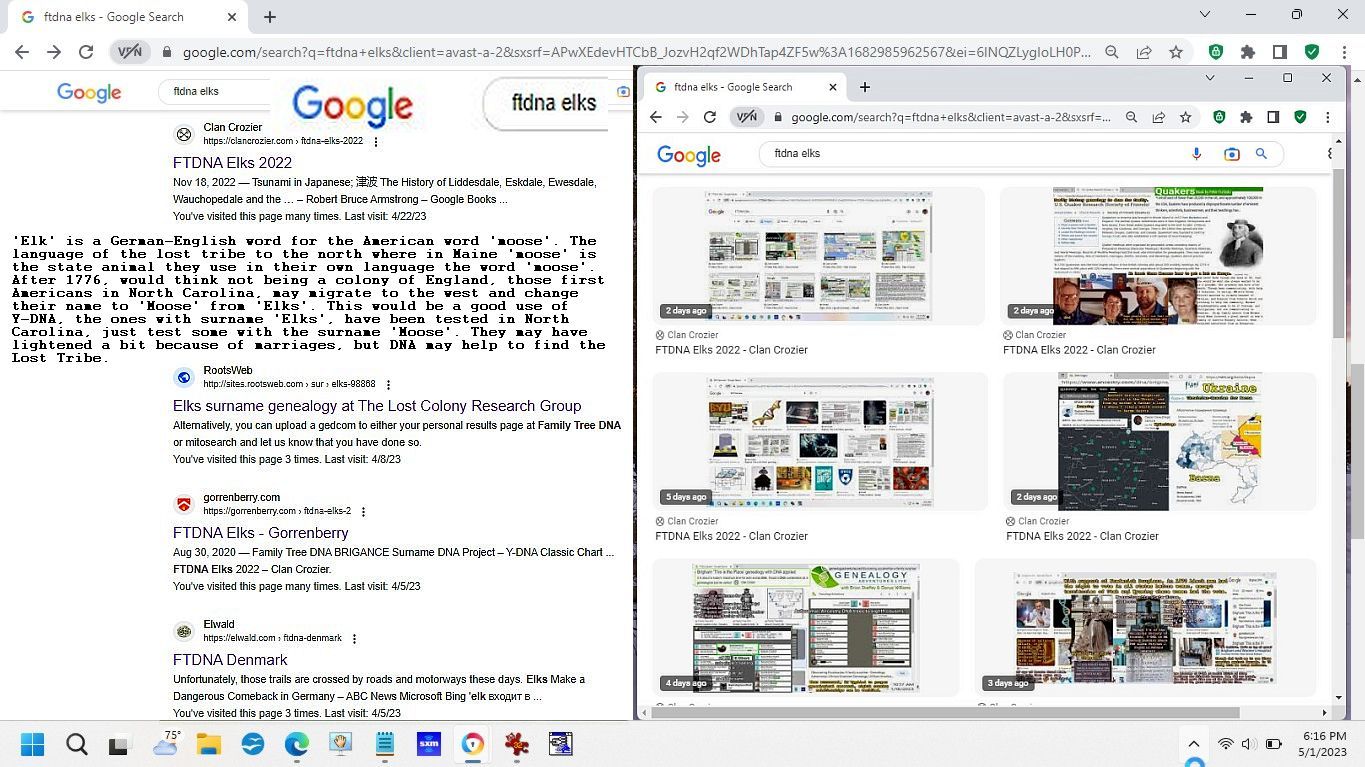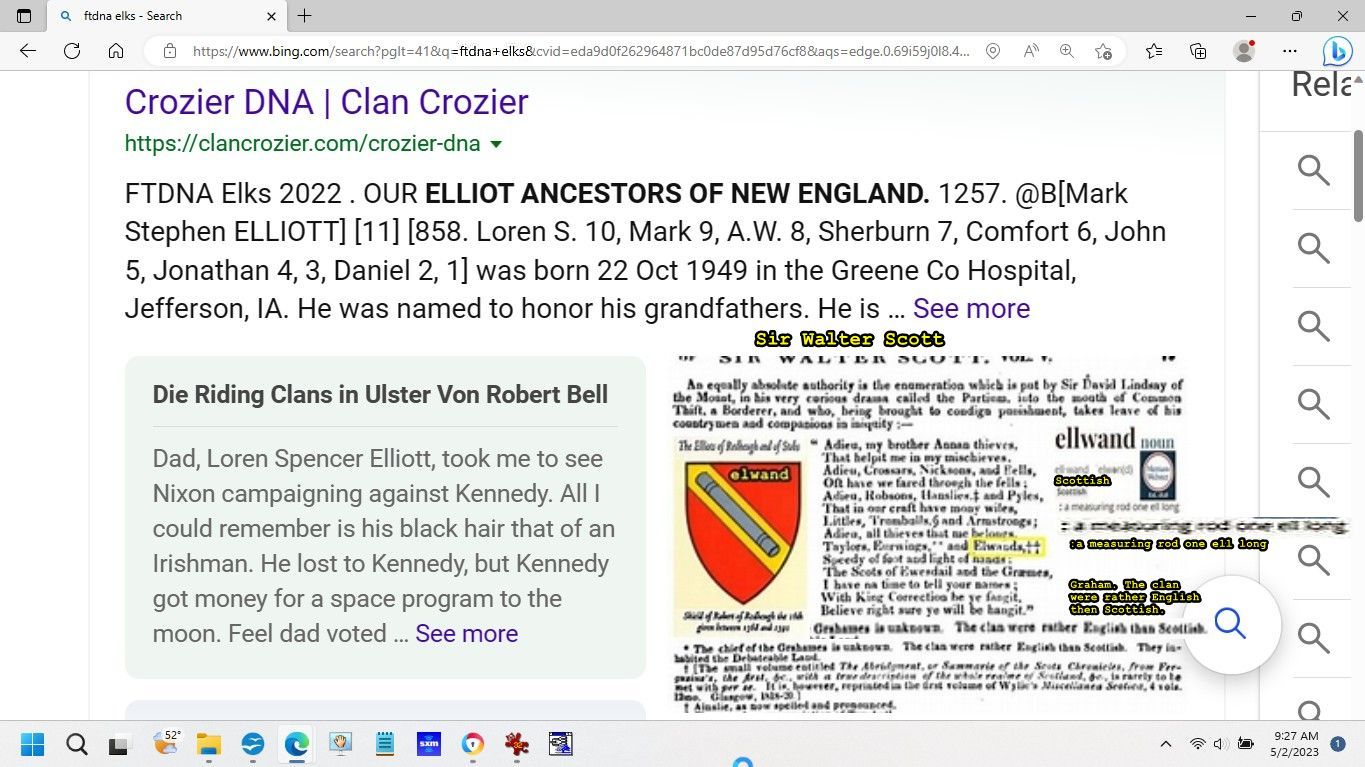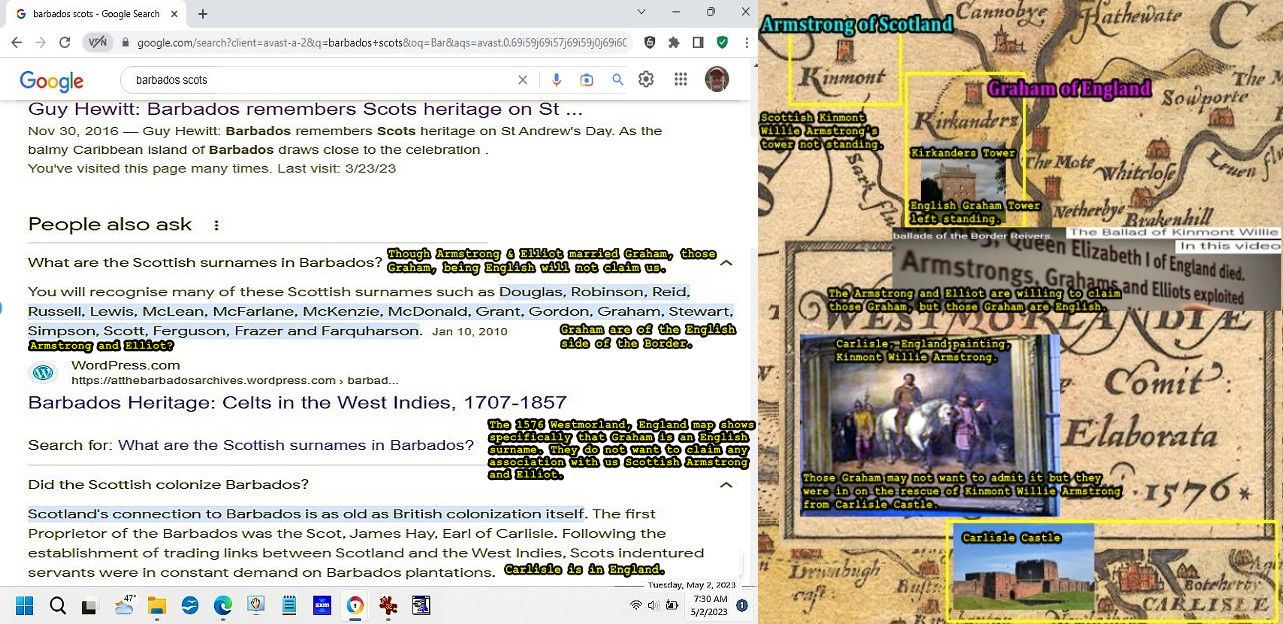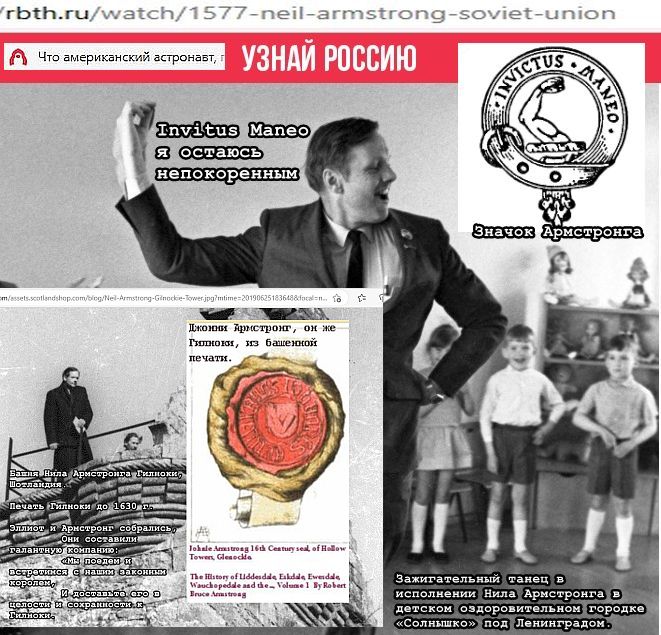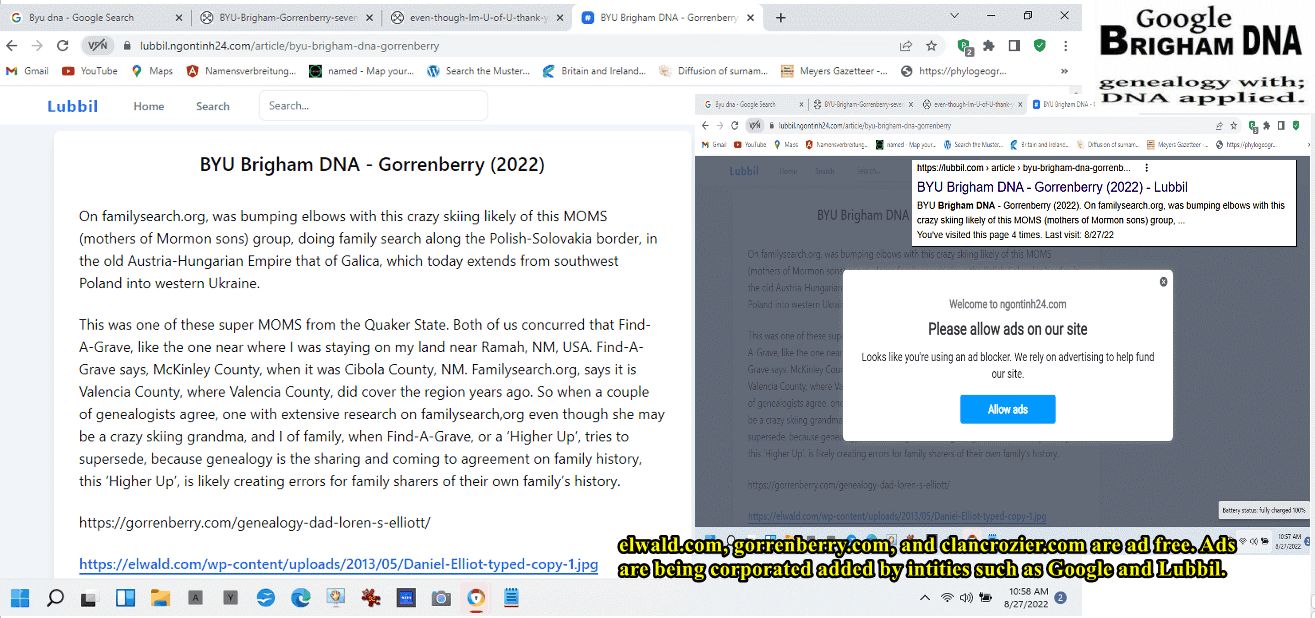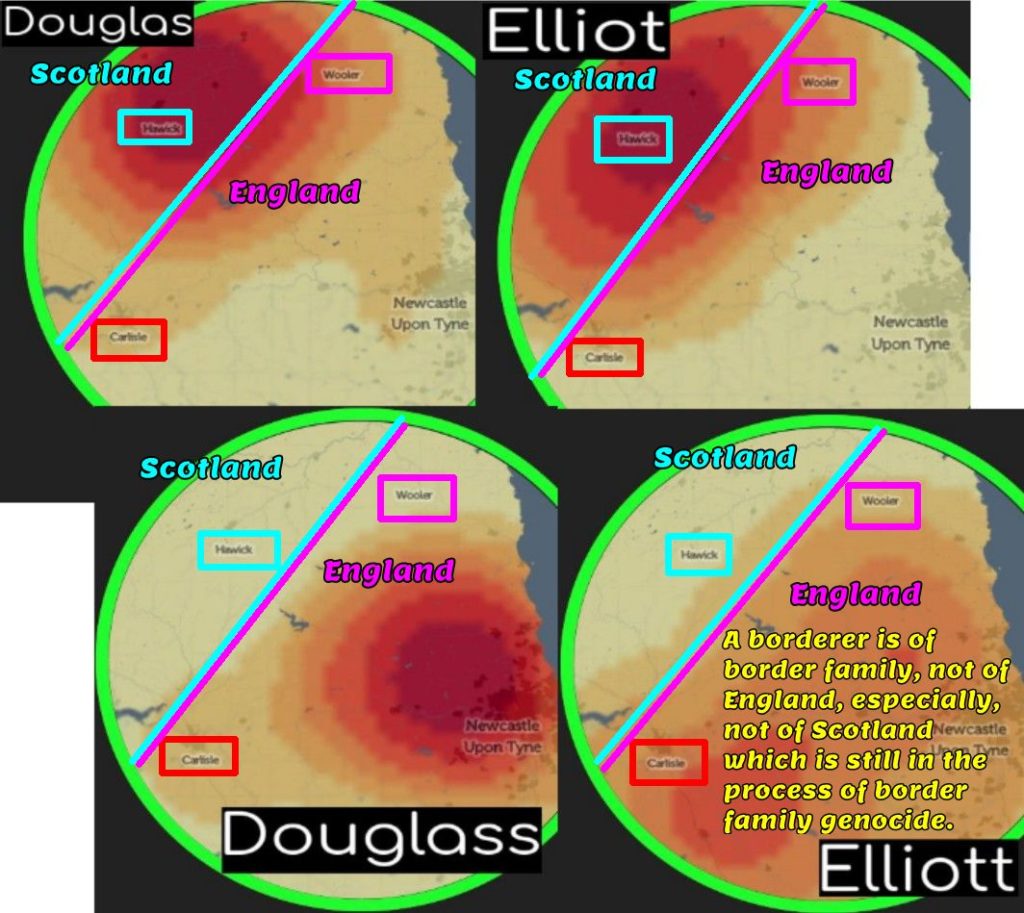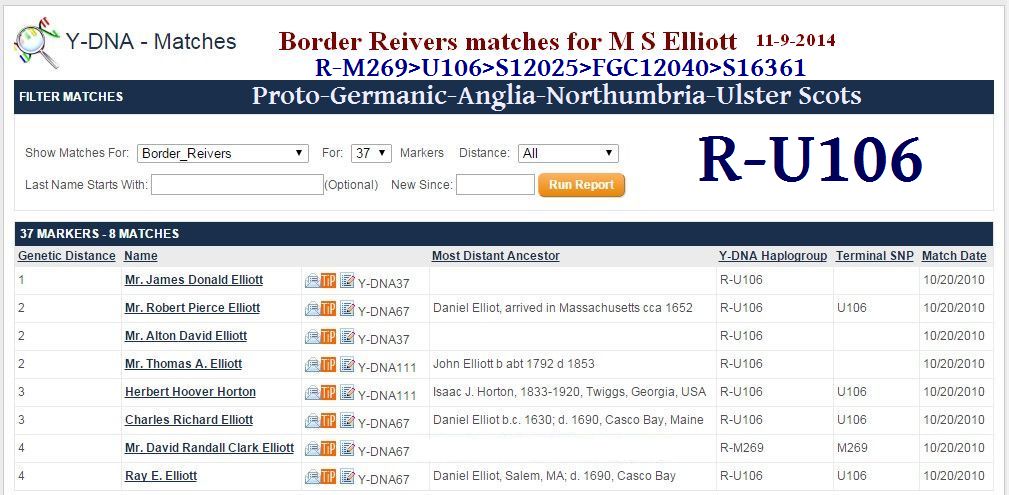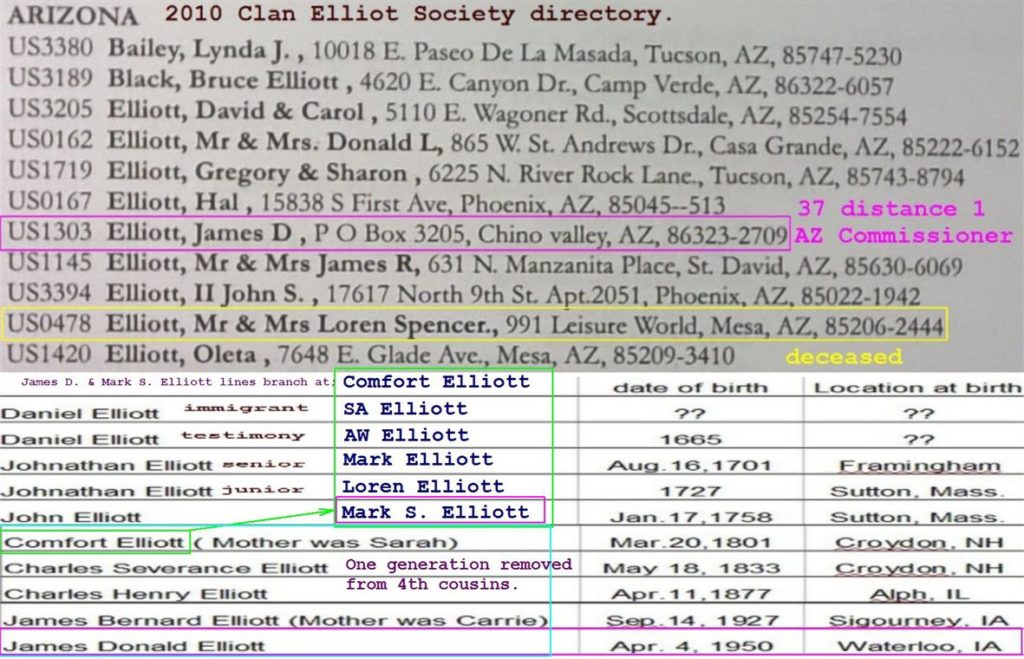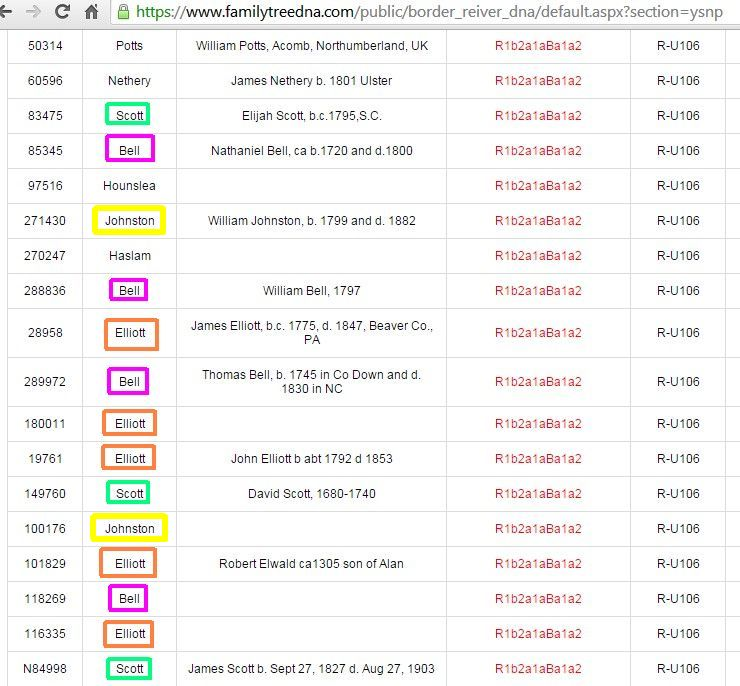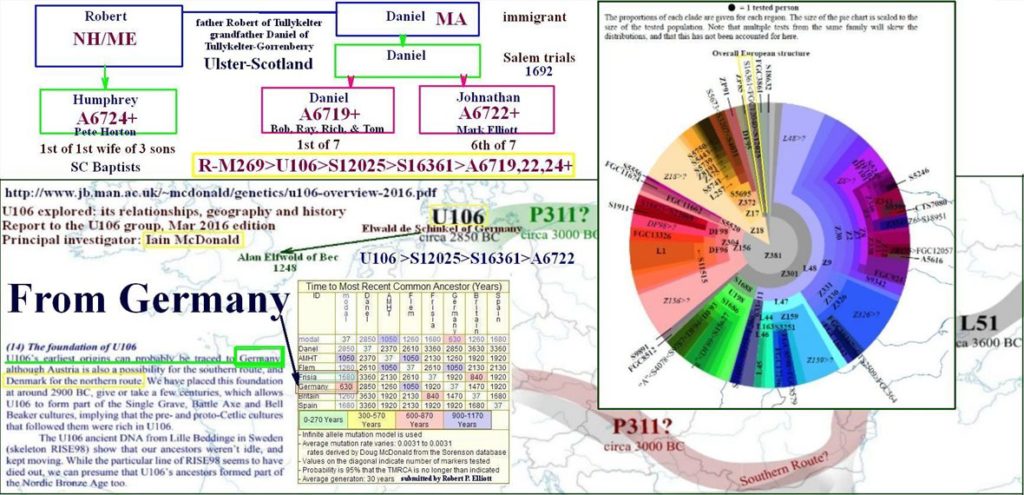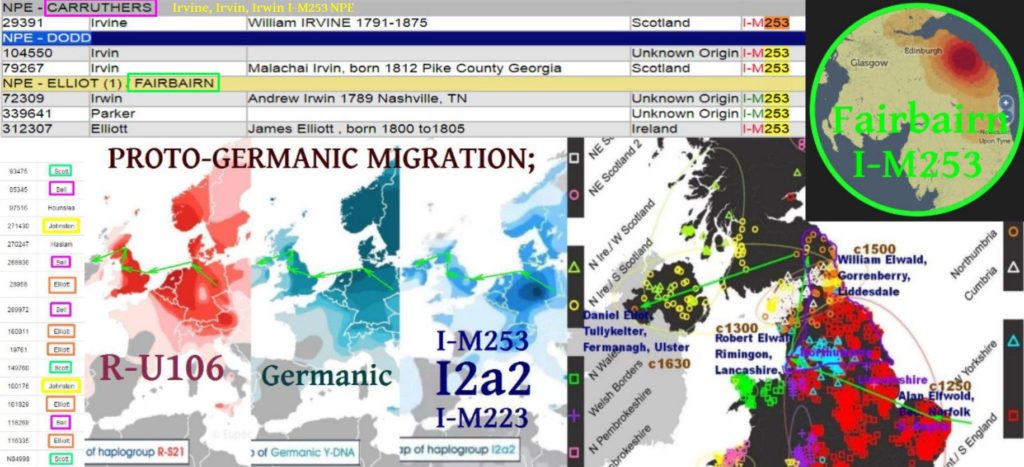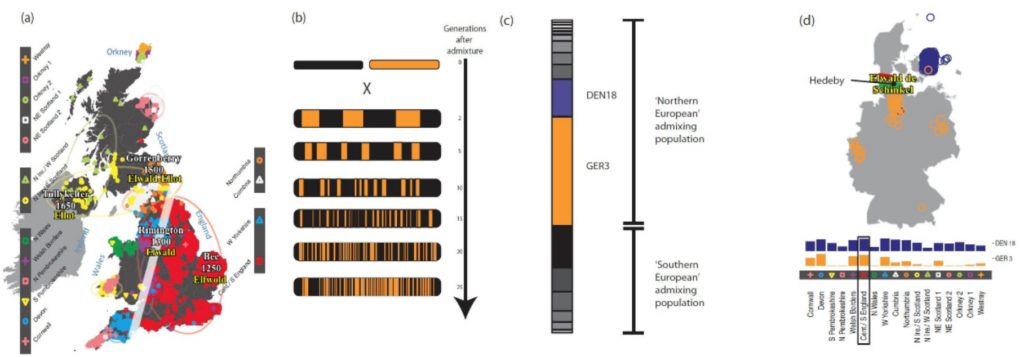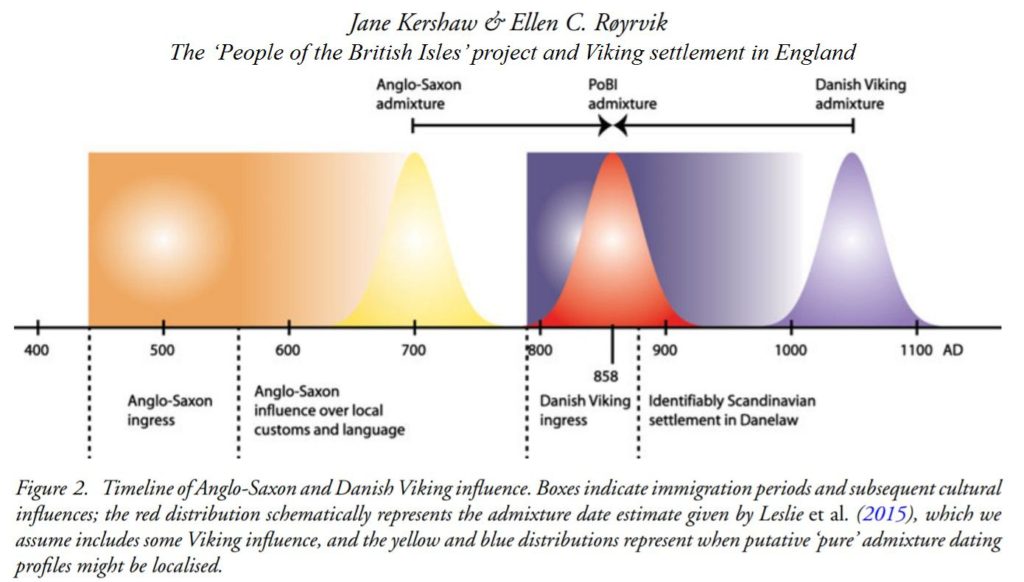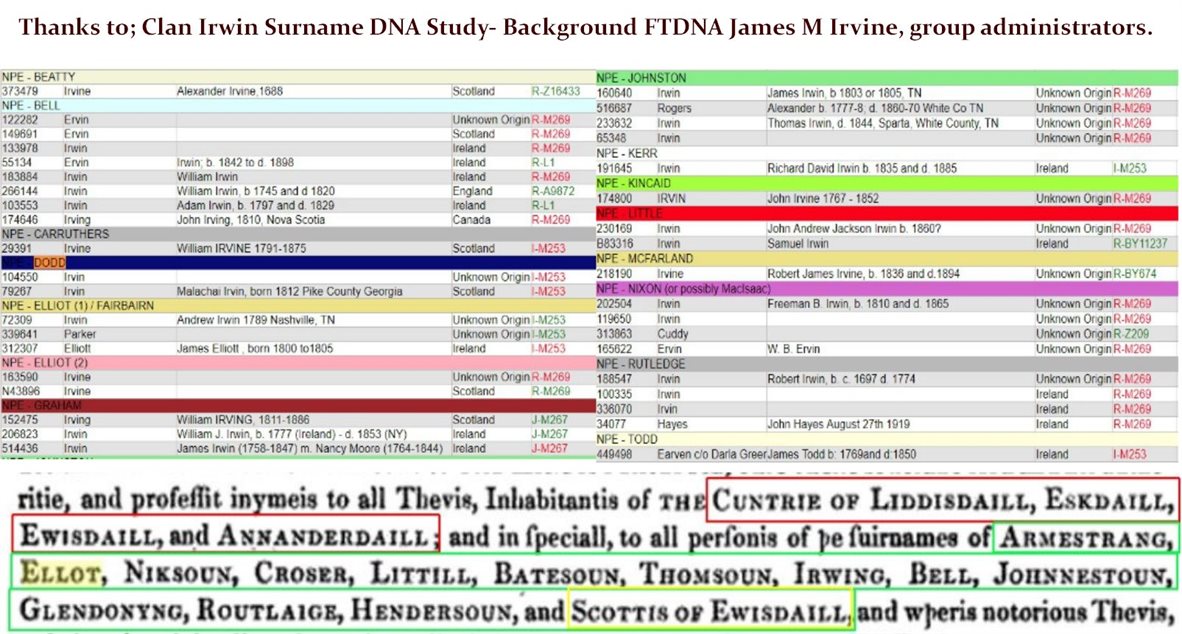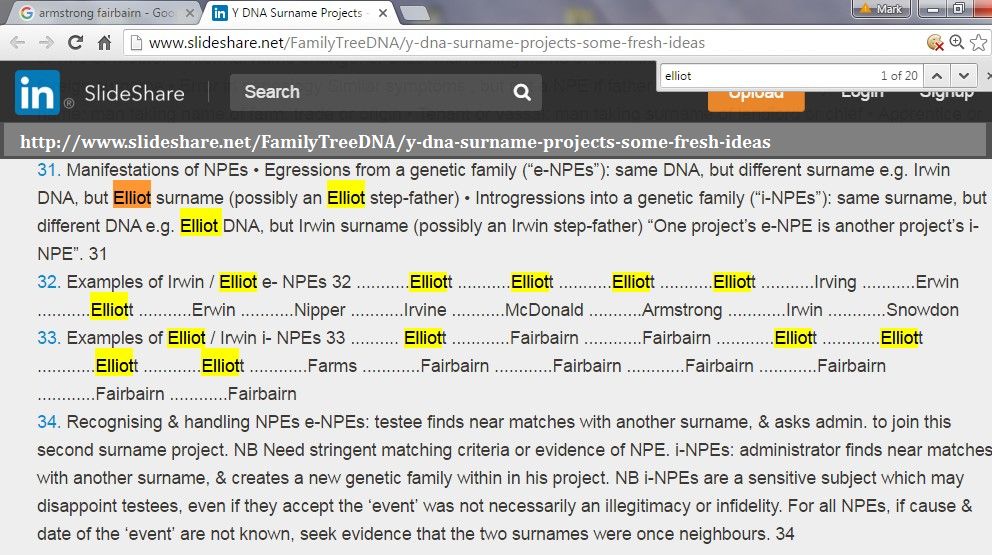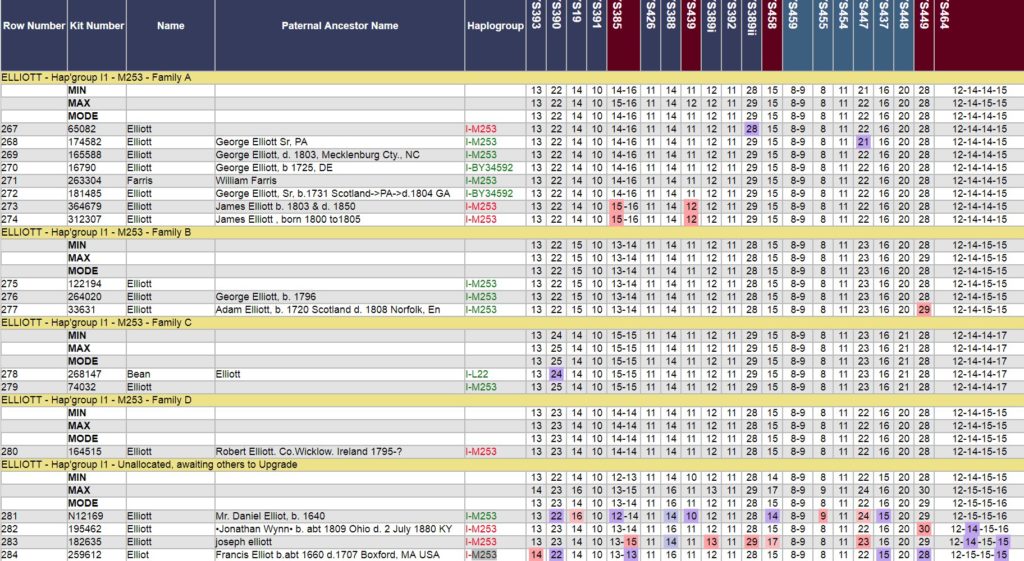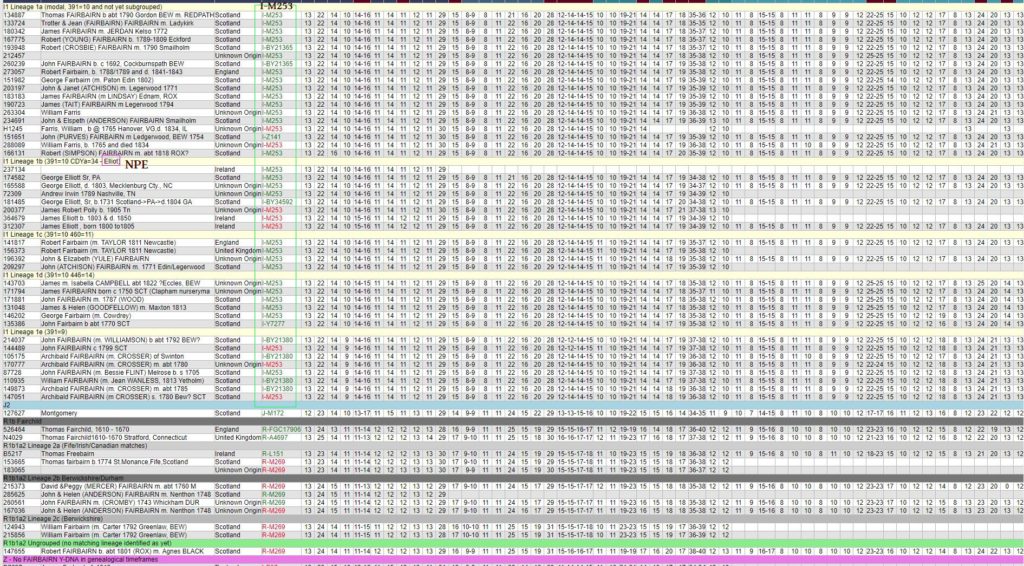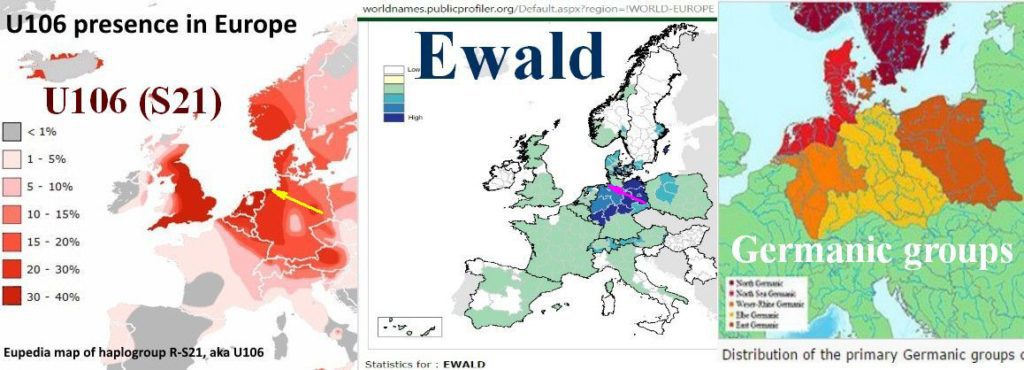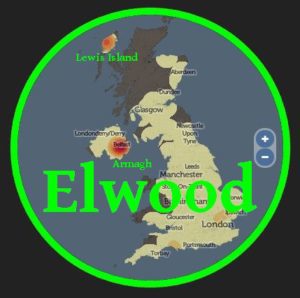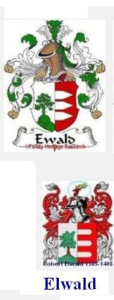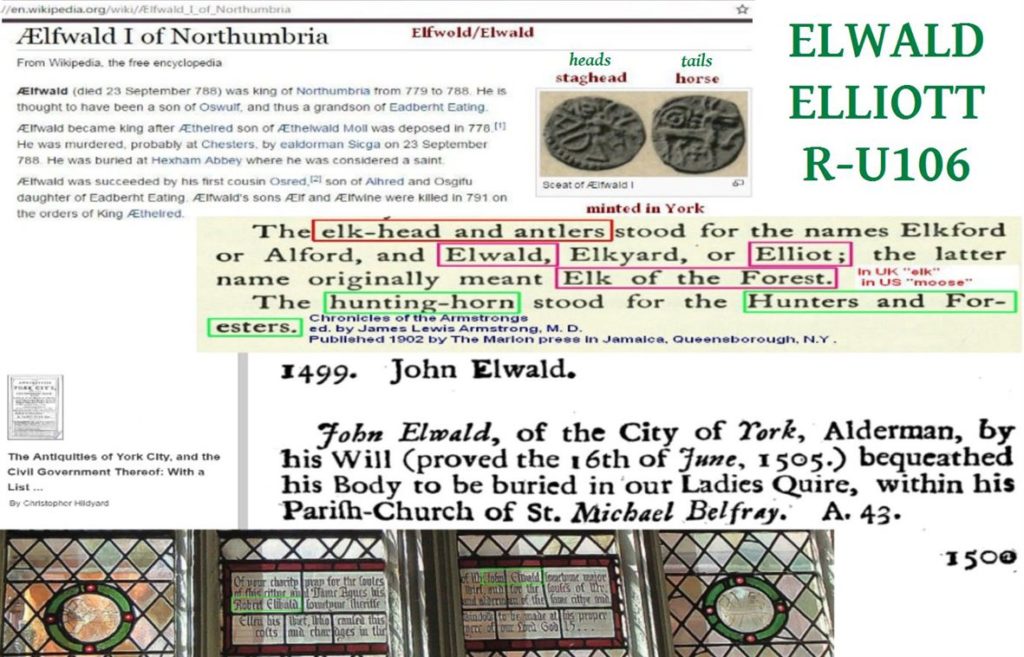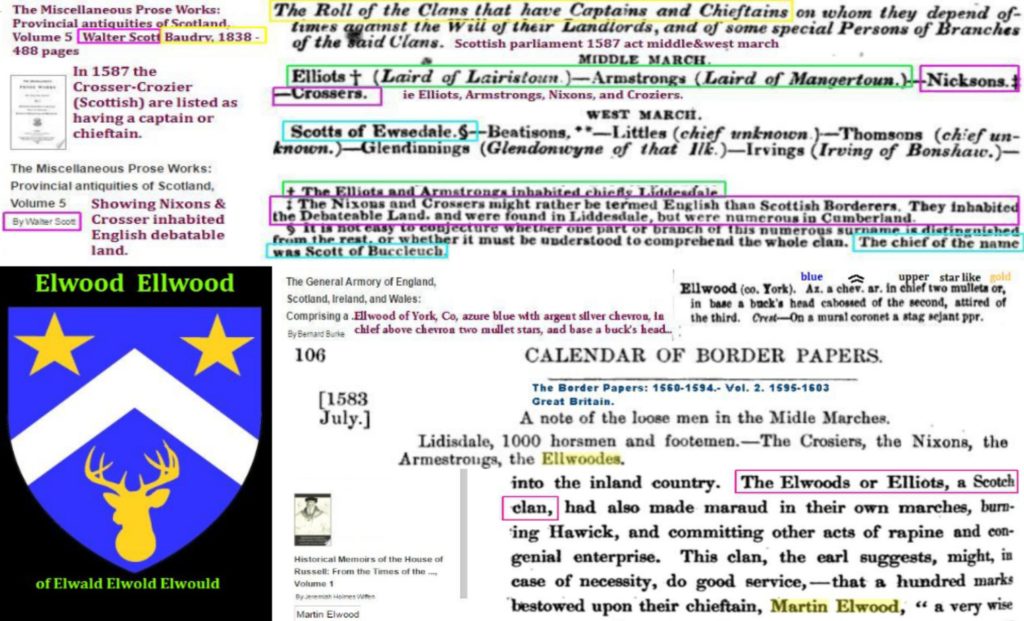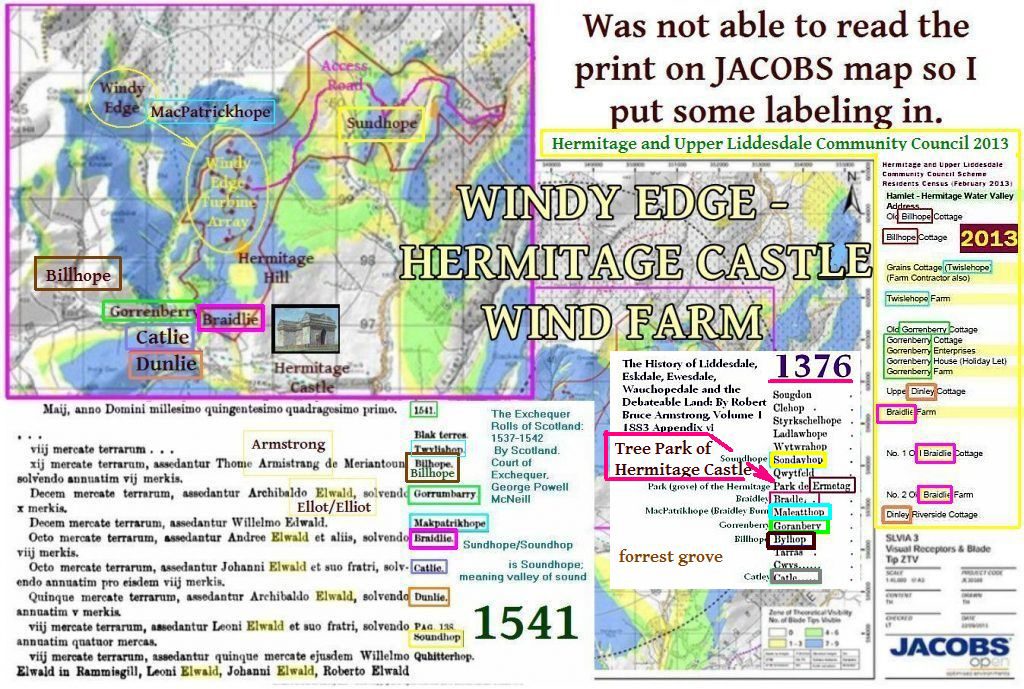A Hawick Word Book by Douglas Scott PDF
Tullykelter-to-America
Die Riding Clans in Ulster von Robert Bell
sheep-stealers-from-the-north-of-england-the-riding-clans-in-ulster-by-robert-bell
 Brigham DNA Gorrenberry google images
Brigham DNA Gorrenberry google images
THE ANNALS OF A BORDER CLUB: GEORGE TANCRED 1899 P.149
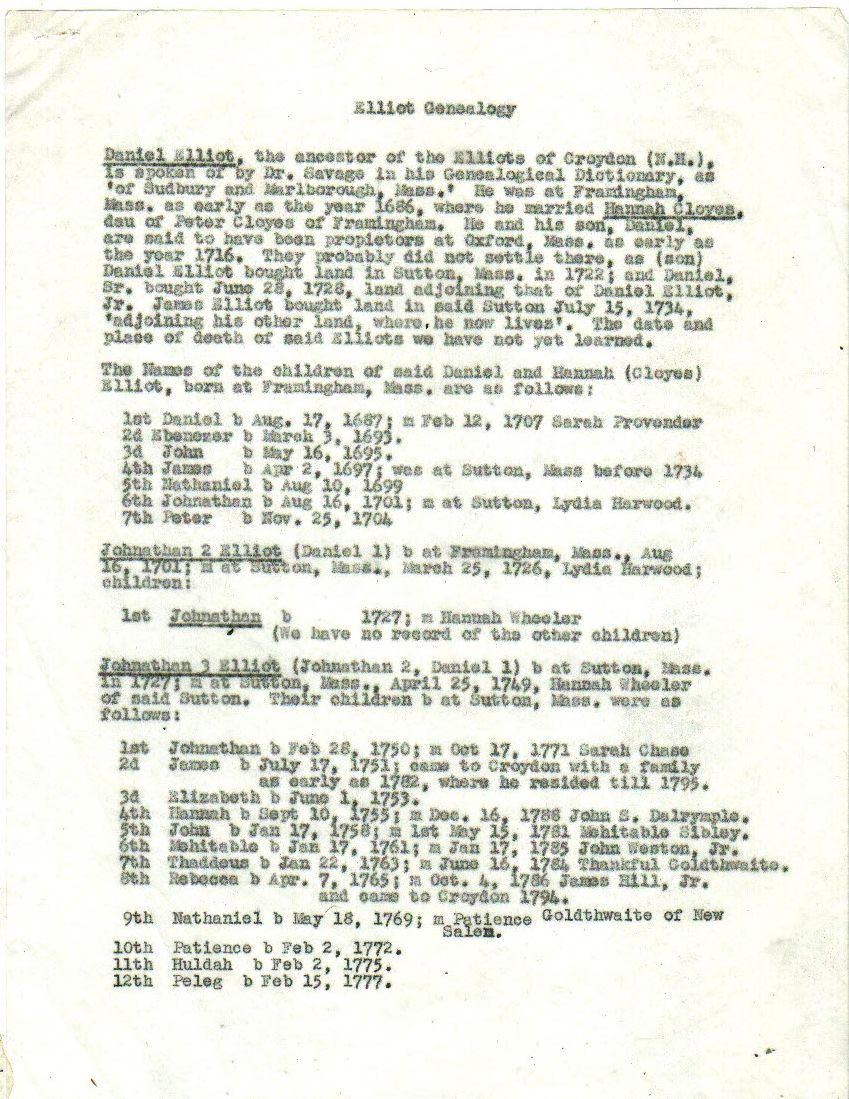
U106>S12025>FGC12040>S16361 the Daniel Elliot, of 28 Mar 1692 Salem Witch Trials testimony. This is the major U106 grouping for Clan Elliot.
James Donald Elliott is the closest of my matches;
My father Loren Spencer Elliott, and James Donald Elliott are fourth cousins.
Though U106 is not carried in great quantities among the Border Reivers, other Reiving Clans of the Bell, Scott, and Johnston also carry R-U106;
James Donald Elliott, and Mark Stephen Elliott the son of Loren Spencer Elliott, are on the same genealogical branch of being descended from Johnathan, son of Daniel. The other U106 Elliott are on the branch of Daniel son of Daniel, and Peter Horton, as he explained to me, and finding his line to be of and older brother of Daniel the immigrant, a Robert, through a Humphrey, which family did go to South Carolina, and donated the land for the First Baptist Church of Charleston, a William Elliott, which Peter Horton is descended from. Iain McDonald of the R-U106 FTDNA group, has shown R-U106 from the region of may Most Distance Relative, an Elwald de Schinkel, of Schinkel of Germany, and Robert P. Elliott of the Daniel Elliot group, has been doing a lot of research or and nation of being the shortest in time to be related to Robert P. Elliott has help confirm the research of Iain McDonald, and has shown are group a being German at about 630 years.
Both Robert P. Elliott, and Iain McDonald, have shown excellent research in confirming geographic, surname localitiy, research with DNA correlation. They have been able to confirm my findings.
With their research and other have be able to map out a Proto-Germanic Migration Pattern;
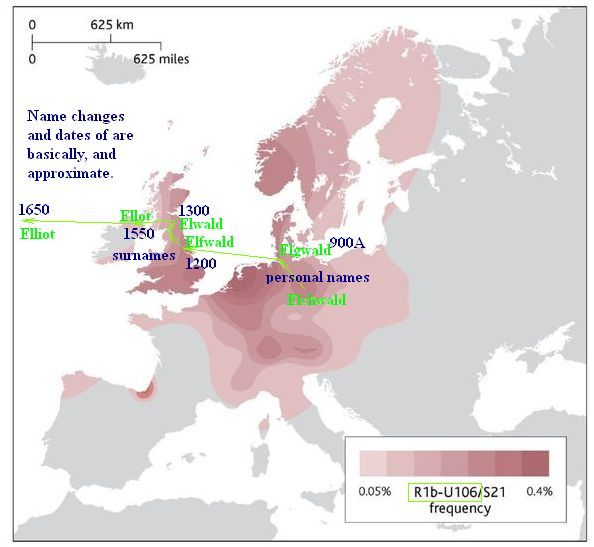
A comparison with the I1 group of migration of I-M253 and I-M223;
I-M253;
Where my Most Distance Relative MDR is locate Elwald de Schinkel, is close to Hedeby.
The ‘People of the British Isles’ project
and Viking settlement in England
Jane Kershaw & Ellen C.Røyrvik,
The Danish Viking admixture, of the eleventh century, could easily carry, the I-M223, I-M253, and R-U106 Grouping, which are shown strongly in the FTDNA East Anglia, classic results link; https://www.familytreedna.com/public/east_anglia?iframe=yresults
This shows the I-M253 which is said to carry on the name of Armstrong;
Where Did The Fairbairns Come From? By Thomas Fairbairn March 12, 2010
Although there is more than one story about the origins of the Fairbairns, perhaps one of the most widely accepted is the saga of Siward.The Viking, also known as Siward Fairbairn of the Strong Arm.Siward was the son of a Danish King and lived in England from about 995 till his death in 1056.In those days, the ruler of any small territory was a king, so exactly where his father, Hringo, King of Upland, also known as Earl Beorn, would fall on the yardstick of earthly royalty is not clear; however, at the very least, he would be considered of noble birth.
Whether Siward was born in England is also not known for certain.However, he was the first to carry the name of Armstrong and was listed in the History of England as having earned the right to the title of Earl of Northumbria (Northumberland) having been conferred the title by Edward the Confessor.
Surname Elliott, Armstrong, and Fairbairn, the first four preferred surnames are John, David, Robert, and James. Had myself brothers named Robert and James.
James M. Irvine, of the Irwin/Irvine FTDNA group has done excellent research in the area of setting up Non Parental Events of Clans of the Borders, as listed during time of Reiving above. One can find correlation between his findings with NPE’s and the old border names of the Thevis (Reivers). Elliot/Farbairn I-M253 is listed in the NPEs of this group.
One using http://named.publicprofiler.org/ Can see that the surname Elliot with a single “t”, and the surname Fairbairn, census concentration are overlapping each other, and likely the region in which the NPEs occurred. Though on the 1630 the County Fermanagh, Ulster spelling was Ellot, like it was on the borders, with two “l”s, and a single “t”, and no “i”. Today the County Fermanagh, Ulster uses the double “t” spelling of Elliott.
Clan Elliot have a large percent of individuals carrying the Proto-Germanic-Anglo-Scots DNA;
It is felt a greater percentage than the Armstrong;
Since the Fairbairn name has been around a long length of time the developed maybe between 25-30% NPE as compared over a period of time to the SNP I-M253, and will claim when both the Fairbairn and the Armstrong claiming a Siward Fairbairn-Armstrong story, and the group has a strong percentage of I-M253, as a genealogist, to me there is no question the Fairbairn-Armstrong story has high merit, and Siward Fairbairn-Armstrong was I-M253.
With the Elliot living in closer vicinity to the Fairbairn then the Armstrong, and having proven Armstrong NPEs, it is felt that the I-M253 of Siward Fairbain-Armstrong had greater impact on Clan Elliot than Clan Armstrong.
I-M223;
http://named.publicprofiler.org/
811225 Christoph Ewald, b. 1789, d. 1876 Germany I-M223
Feel that given Ewald surname distribution, and Coat of Arms the Ewald/Elwald also Elchwald/Eichwald, are of the “elch-elk-elg (moose) of the wood(s)-wold-wald(e) tribe” of Saxons, becoming Germanic-Anglo upon entering the British Isles. Marker comparison is felt important for me. It is felt that no group has genetic homogenity to survive, and the I-M223, migrated with the R-U106, of the same Saxon tribe of people.
AUTOSOMAL GENETIC DNA, done by localites of Europe, and the UK based on an international group of scientist with a strong knowledge in sampling proceedures from the University of Oxford POBI (Peoples Of the Britishs Isles)
POBI Peoples of the British Isles, and extensive study, using locality grouping, without surnames, was able to show the migration patterns of DNA, felt to be of an Anglo-Saxon nature, and felt that Germanic peoples had a strong influence on the DNA localities within the British Isles.
Garrett Hellenthal – The Genetic History of the United Kingdom: the POBI project
The ‘People of the British Isles’ project
and Viking settlement in England
Jane Kershaw & Ellen C.Røyrvik,
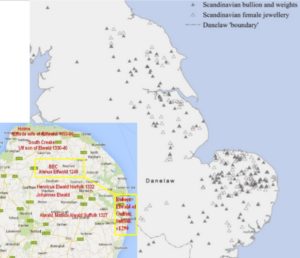
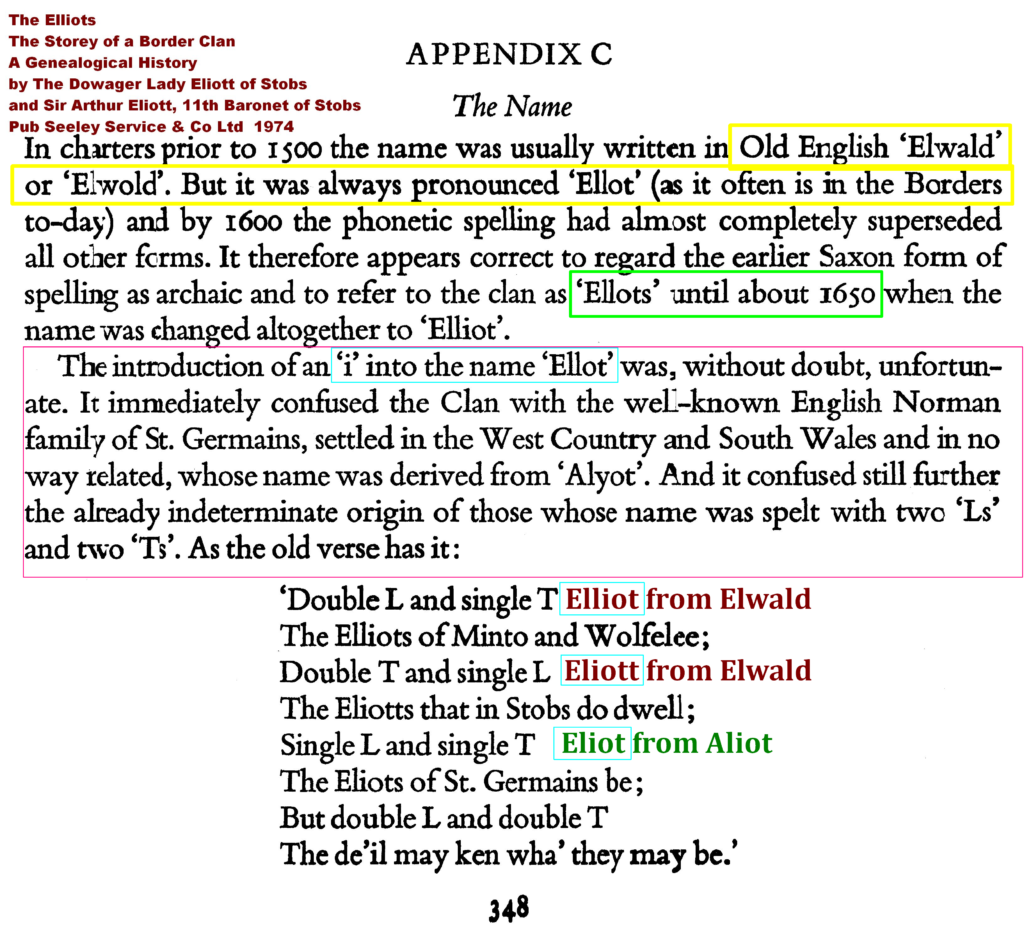
Chief 29 Margaret Eliott, daughter of Arthur Eliott;
The old English-Germanic name Elwold/Elwald, of Anglican, England, derived the names Elwold/Elwould/Elwood/Ellwood, as found in the Cumbria-Cumberland Border region.
For the Clan Elliot, I-M253 of Fairbairn, would be the major part of Proto-Germanic to the Border of Scotland and on to Ulster of the migration, though it is felt that I-M253 and R-U106 was a major part of bring the names from Anglia-Northumbria, into the borderland with the name Elwald which did not become Ellot without an “i”, until the time of The Reformation. It is felt that with religious change, away from a Medieval Church, there was a tendency to drop Medieval Anglo-Germanic names also.
One can see on above map where localities of Armistrang (Armstrong) and Elwald (Ellot-Elliot), around The Hermitage Castle, in 1541, with businesses of the Hermitage and Upper Liddesdale Community Council in 2013 utilizing those same locality names.
For the Muirhall, previously Infinis Windy Edge Hermitage Castle;
BBC News
http://www.bbc.com/news/uk-scotland-south-scotland-36490329
Windy Edge wind farm appeal succeeds
9 June 2016
A wind farm rejected by a council as “incongruous and anachronistic” has been approved on appeal.
The nine-turbine Windy Edge project south of Hawick has been given the green light by a Scottish government reporter.
Scottish Borders Council rejected the plans about a year ago due to concerns over its effect on the landscape.
A reporter found it would have “no unacceptable environmental impacts” and ruled it could proceed.
The project attracted more than 300 letters of opposition, along with more than 100 in support of the scheme.
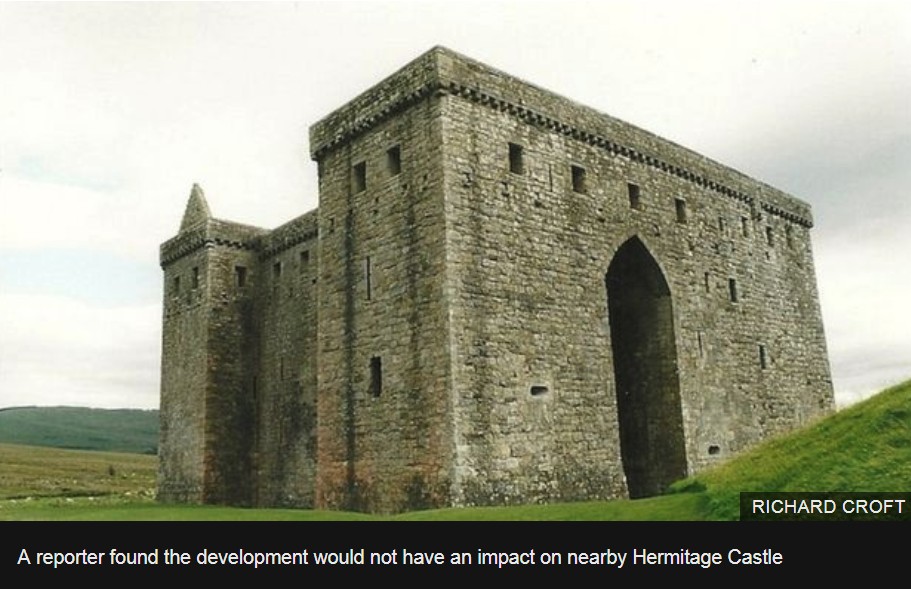
Travel firm AC Group targets Scottish ‘hotbed’ Saturday 29 December 2018
Planning officials recommended refusal and councillors voted by six to two to reject the proposals.
Supporters of the scheme claimed the turbines would have less of an impact on the landscape than forestry, and that it would help combat climate change.
Now the Scottish government reporter has decided the project can go ahead.
He concluded the development “would not impact on the setting” of the nearby Hermitage Castle and chapel.
2/27/2018 MSE
The Elwalds and Armstrangs did convene;
They were a gallant companie—
“We‘ll ride and meit our lawful king,
And bring him safe to Gilnockie.”


